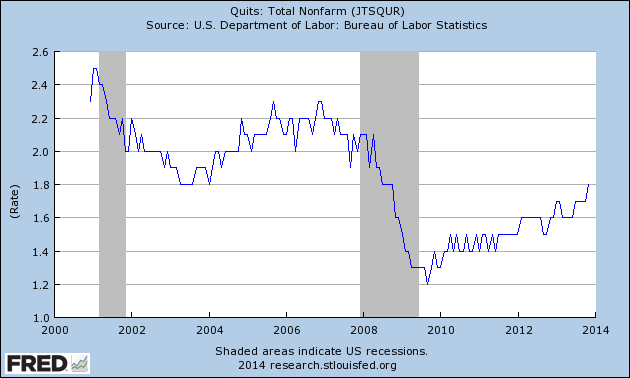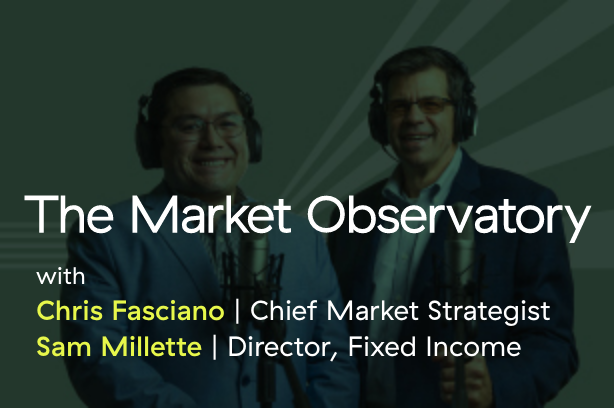As I’ve written many times before, profit margins are at or close to all-time highs. The reasons are many, but among the most significant are low wage growth (which has kept labor costs down), low effective (not face!) tax rates, and low interest rates. The argument that current equity valuations are reasonable implicitly assumes that these conditions will remain constant for the medium-term future, and I have had a problem with that.
So far, of course, I’ve been wrong. But I’m okay with it, because I expect over time to be right, and the trends are starting to indicate that might be happening. This week alone, several events have suggested these factors may become less favorable to business profits.













